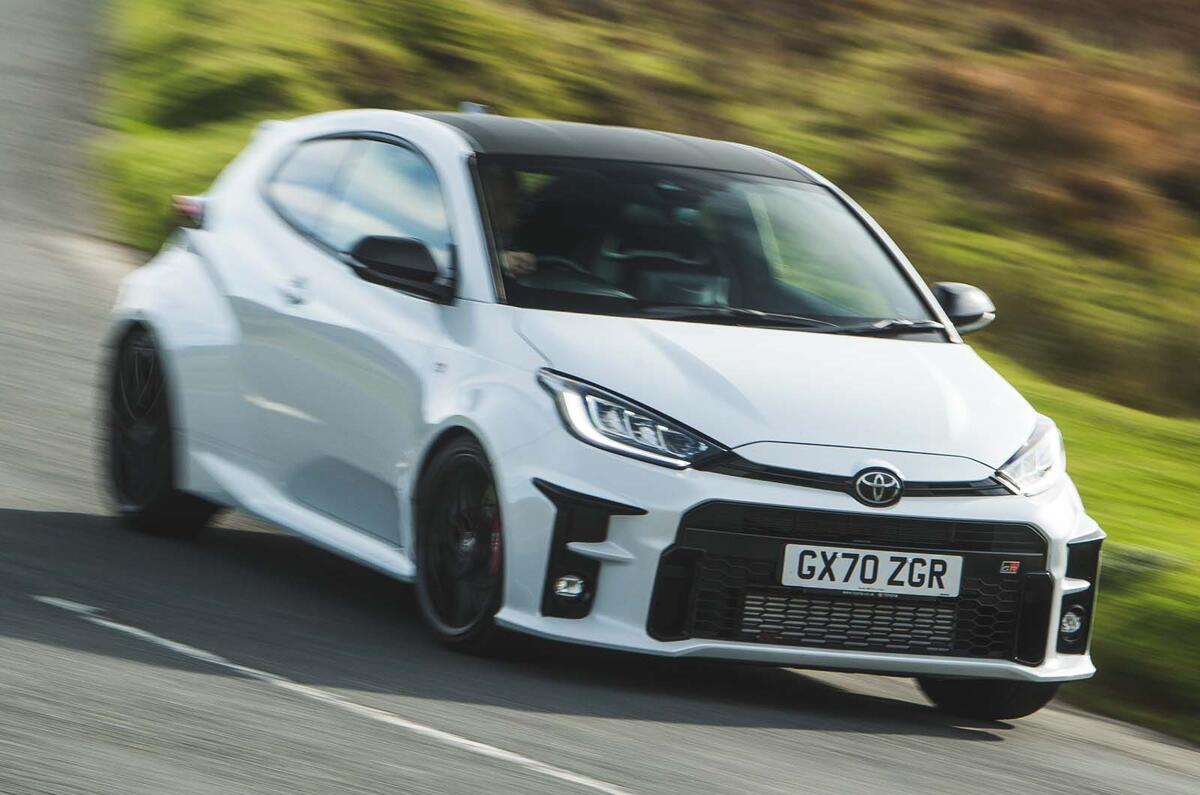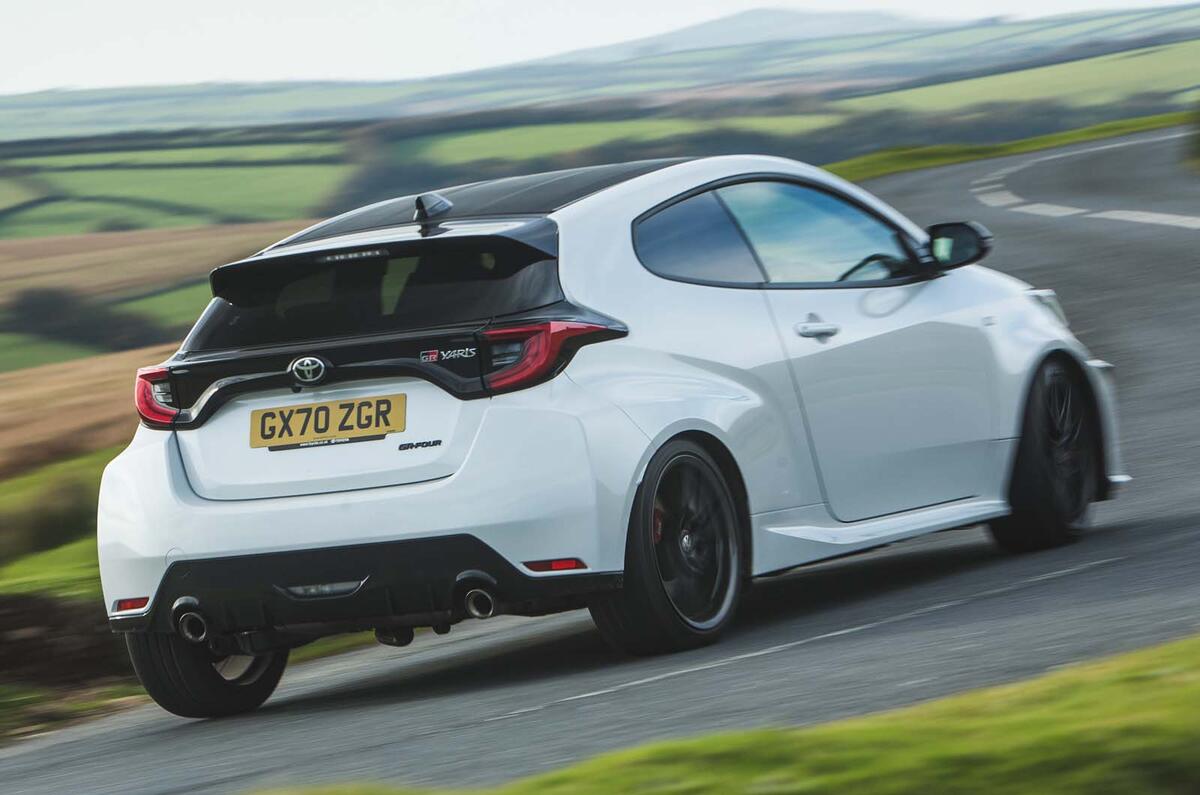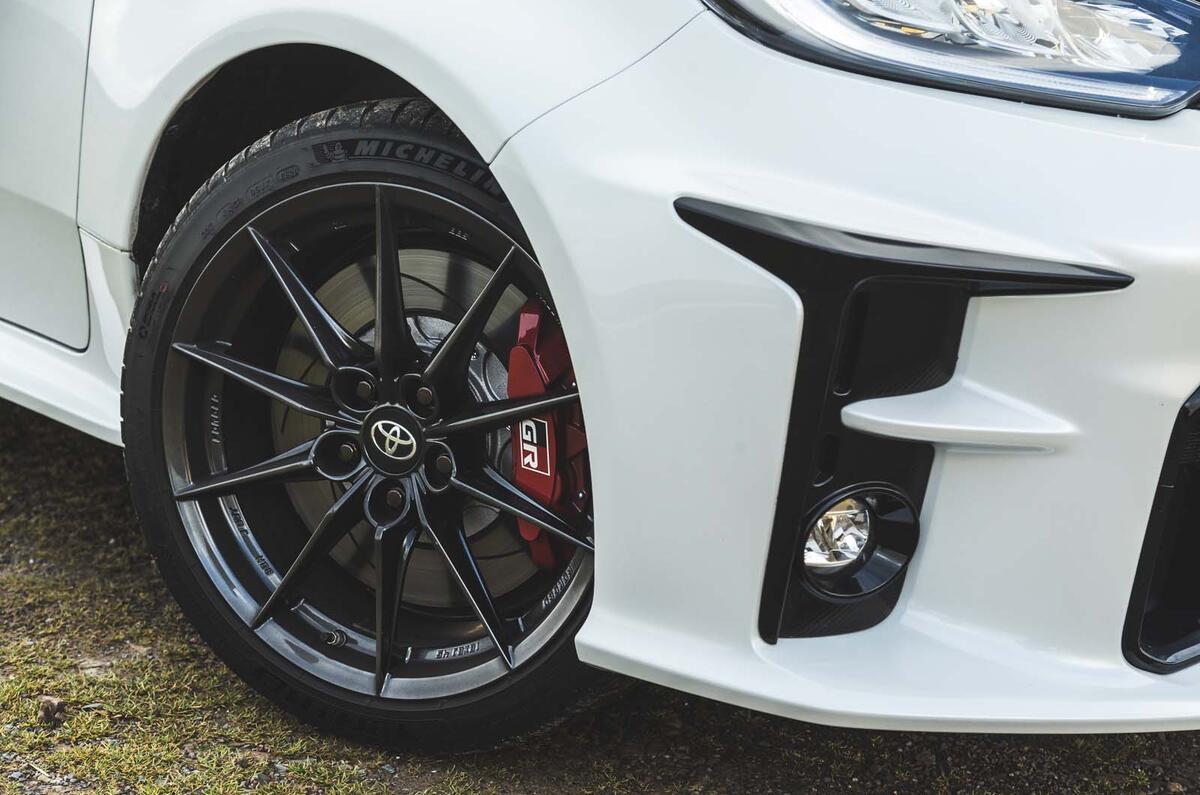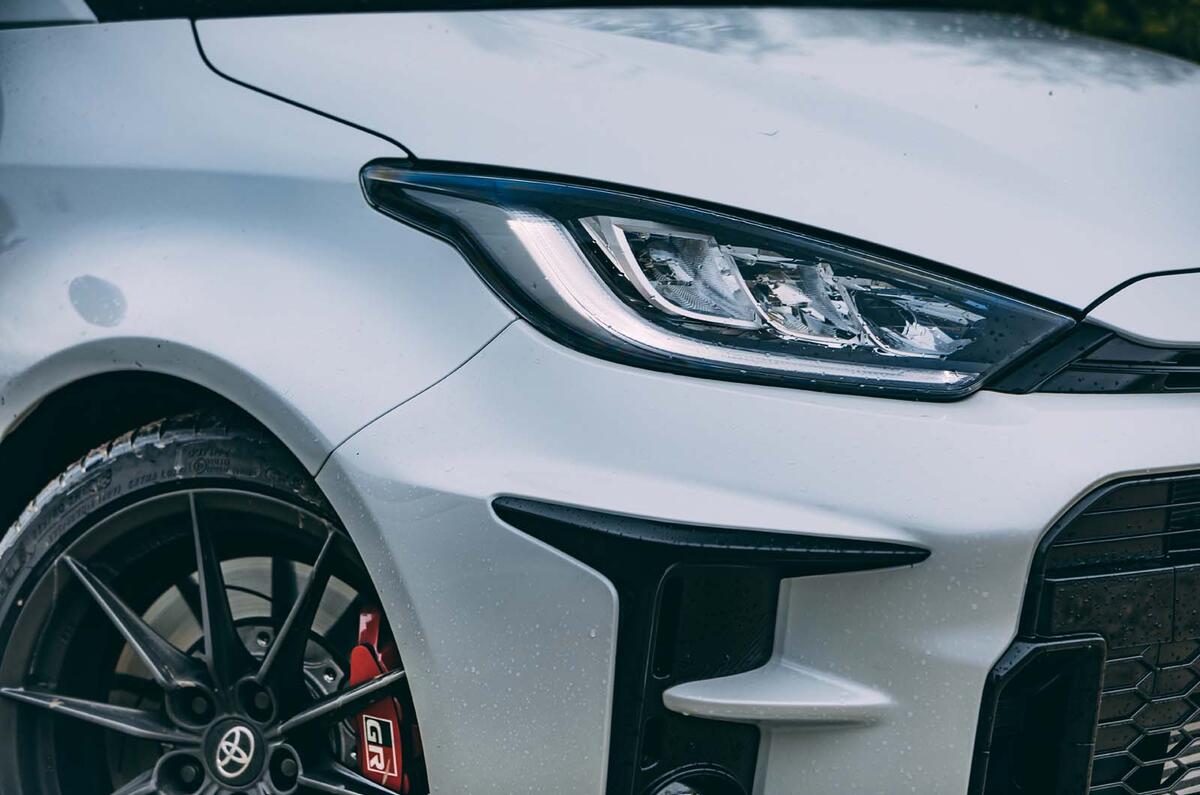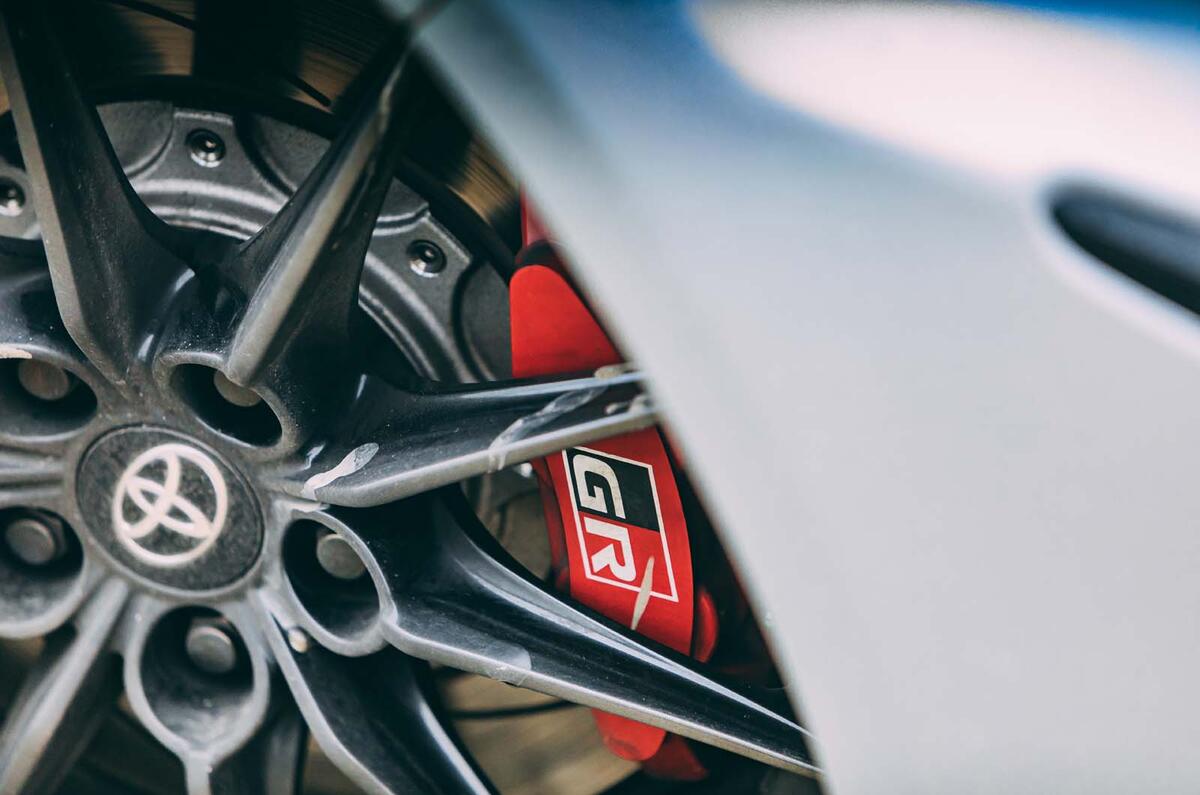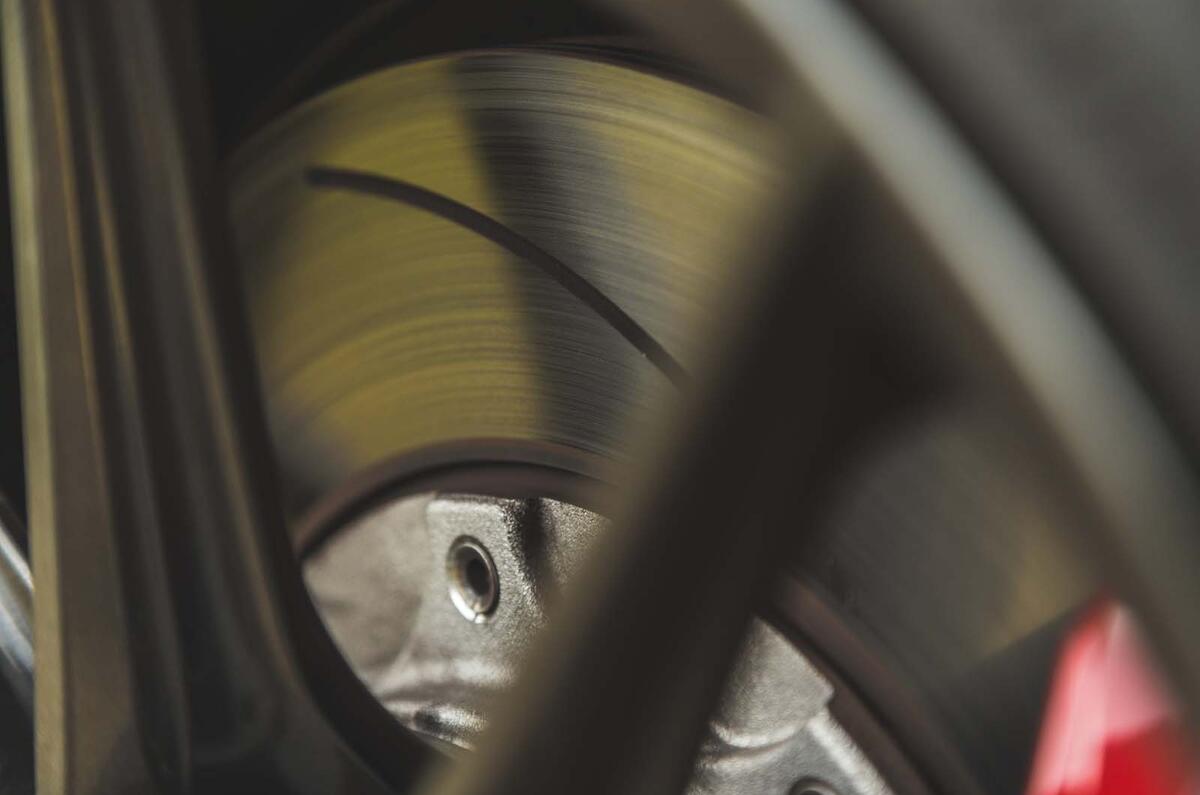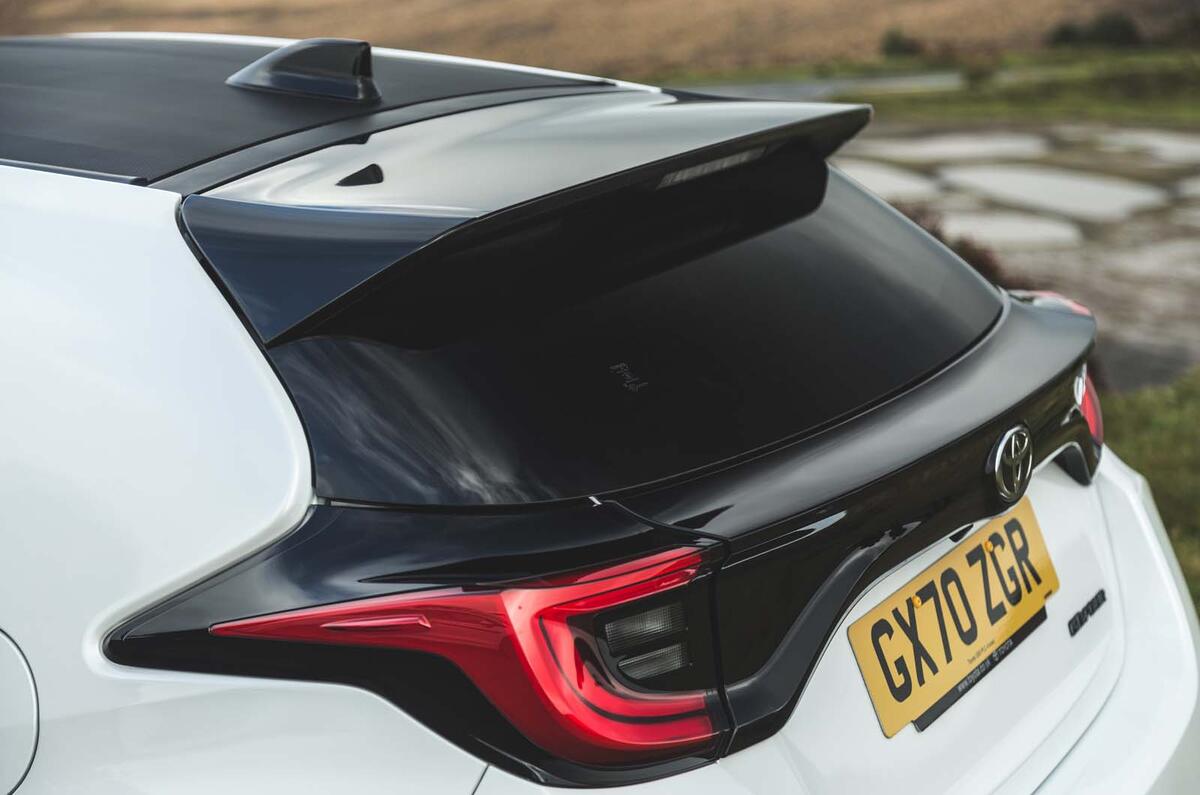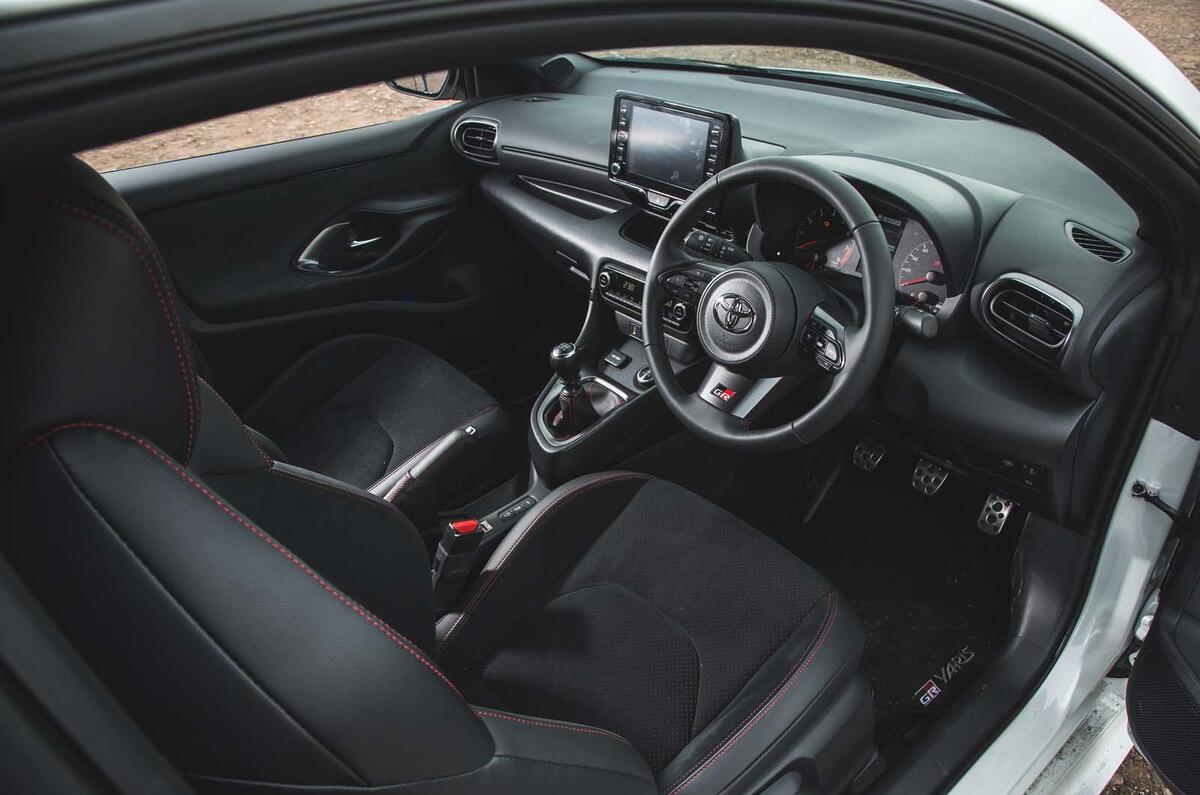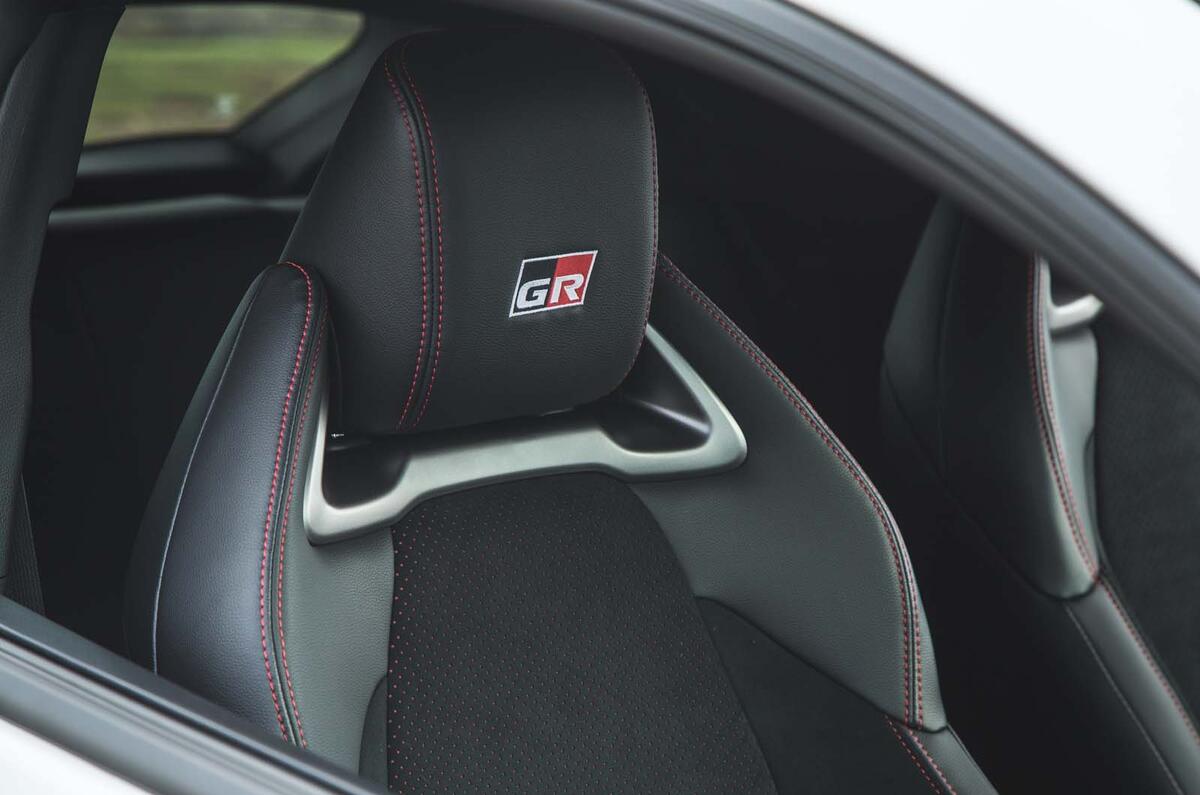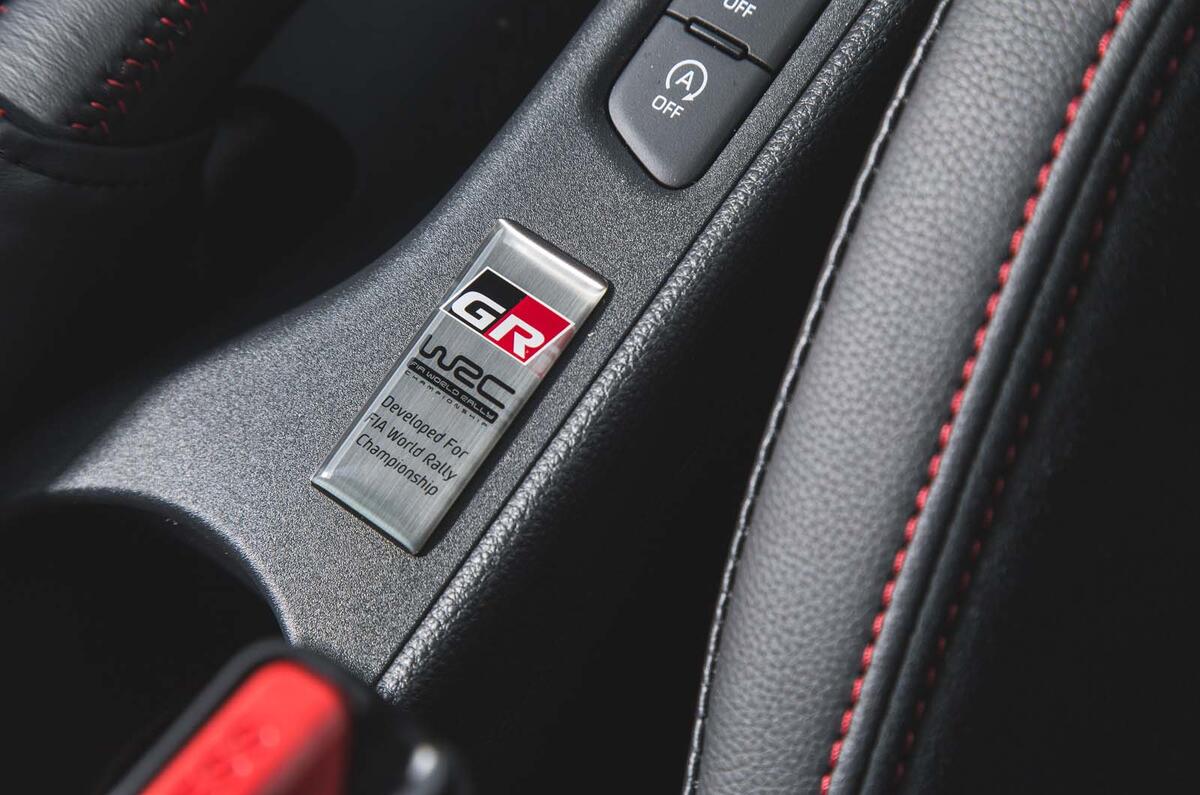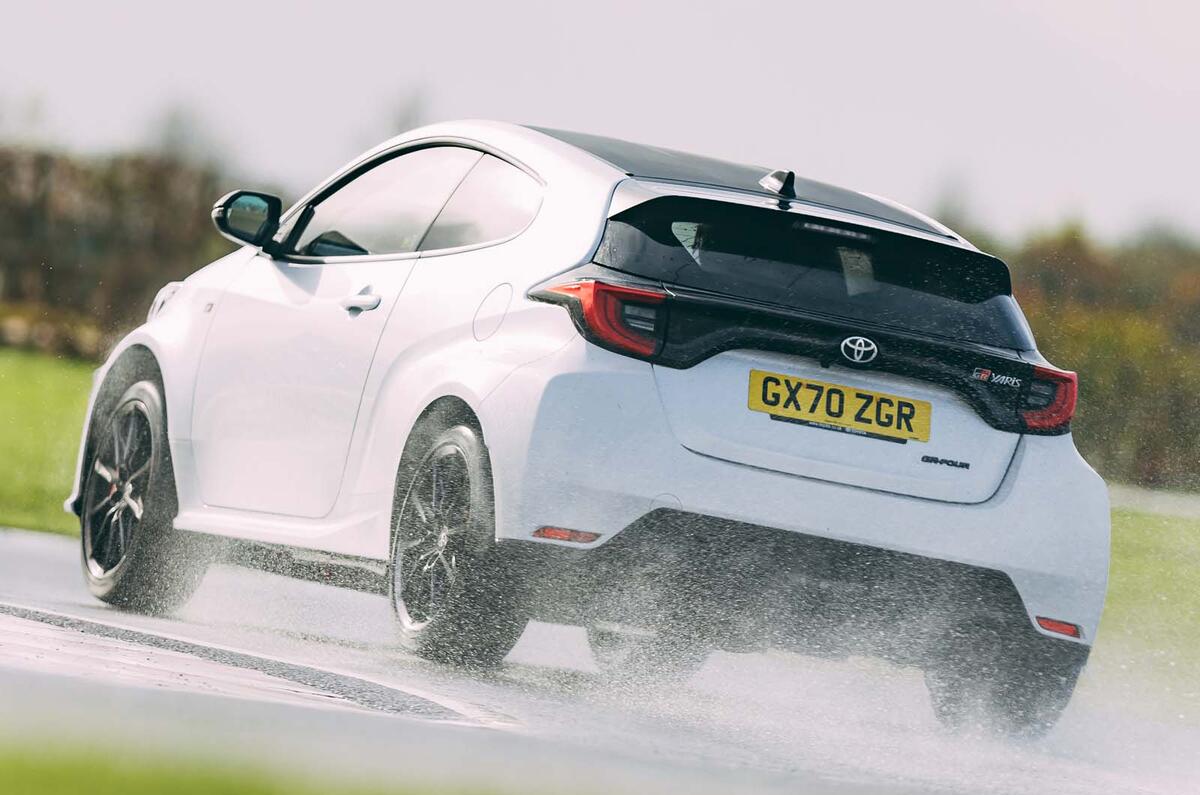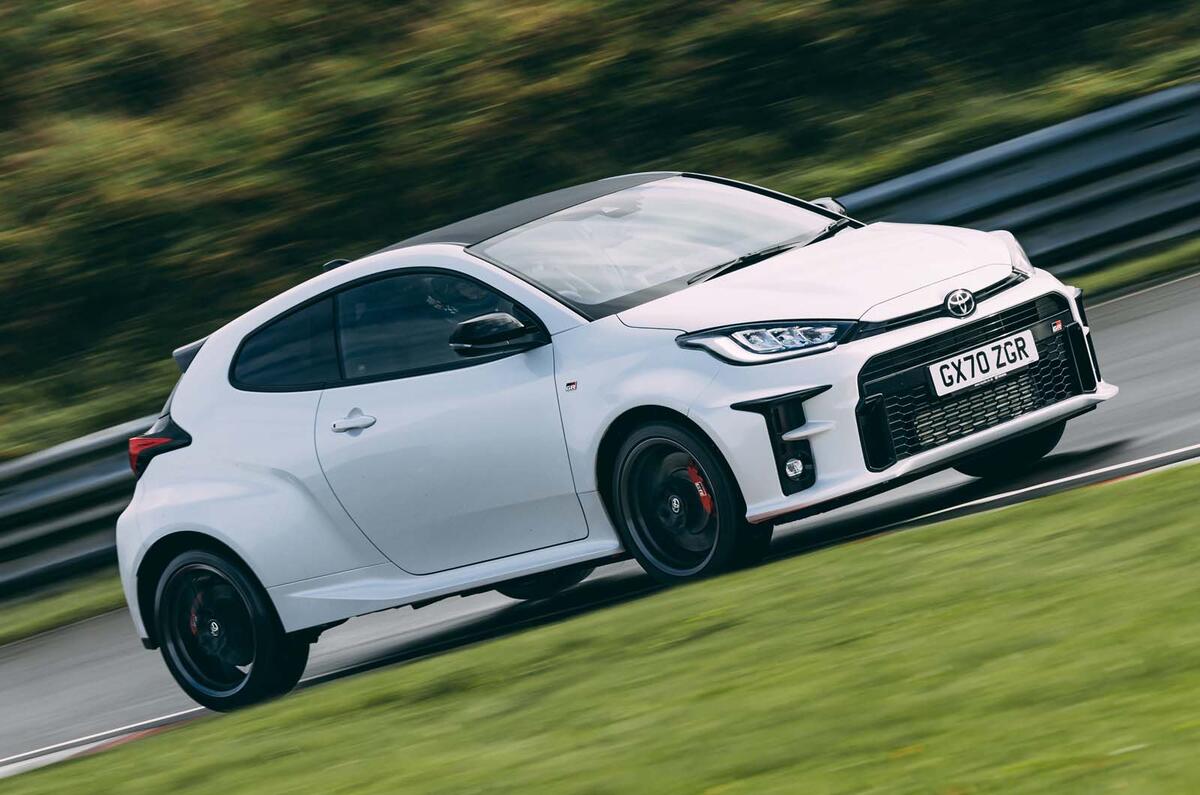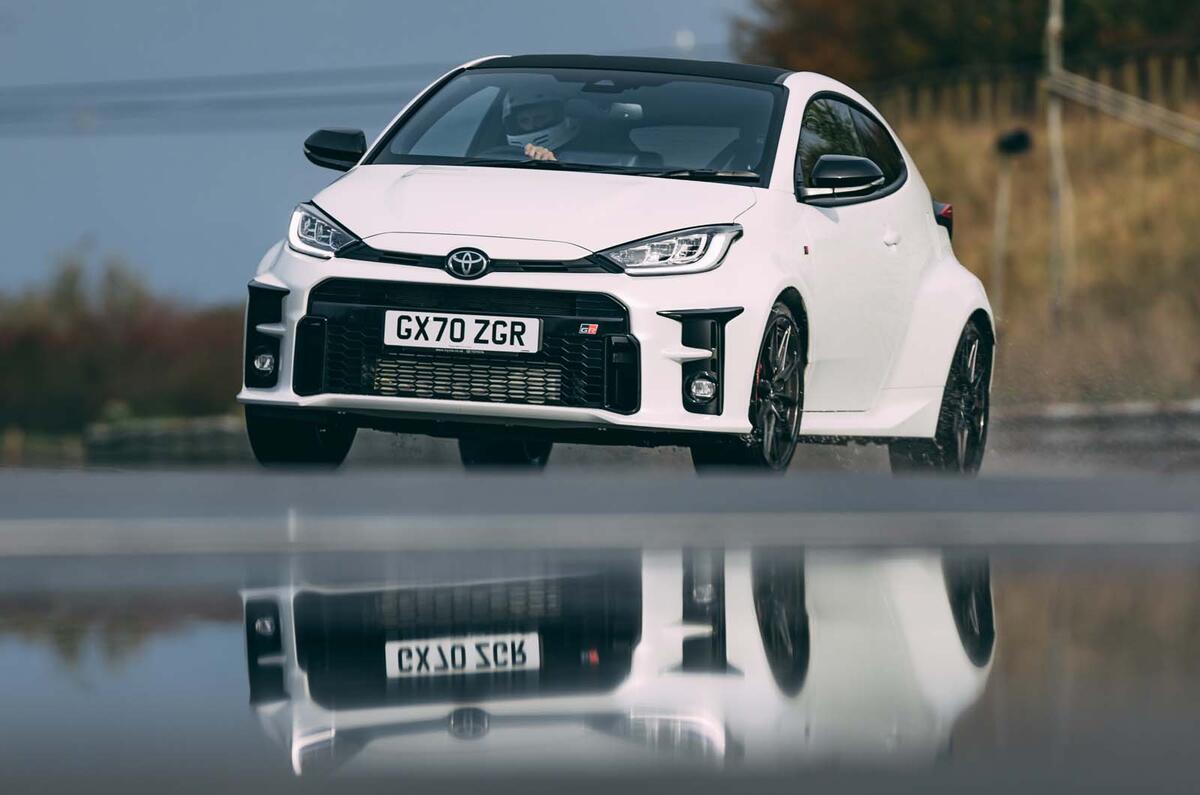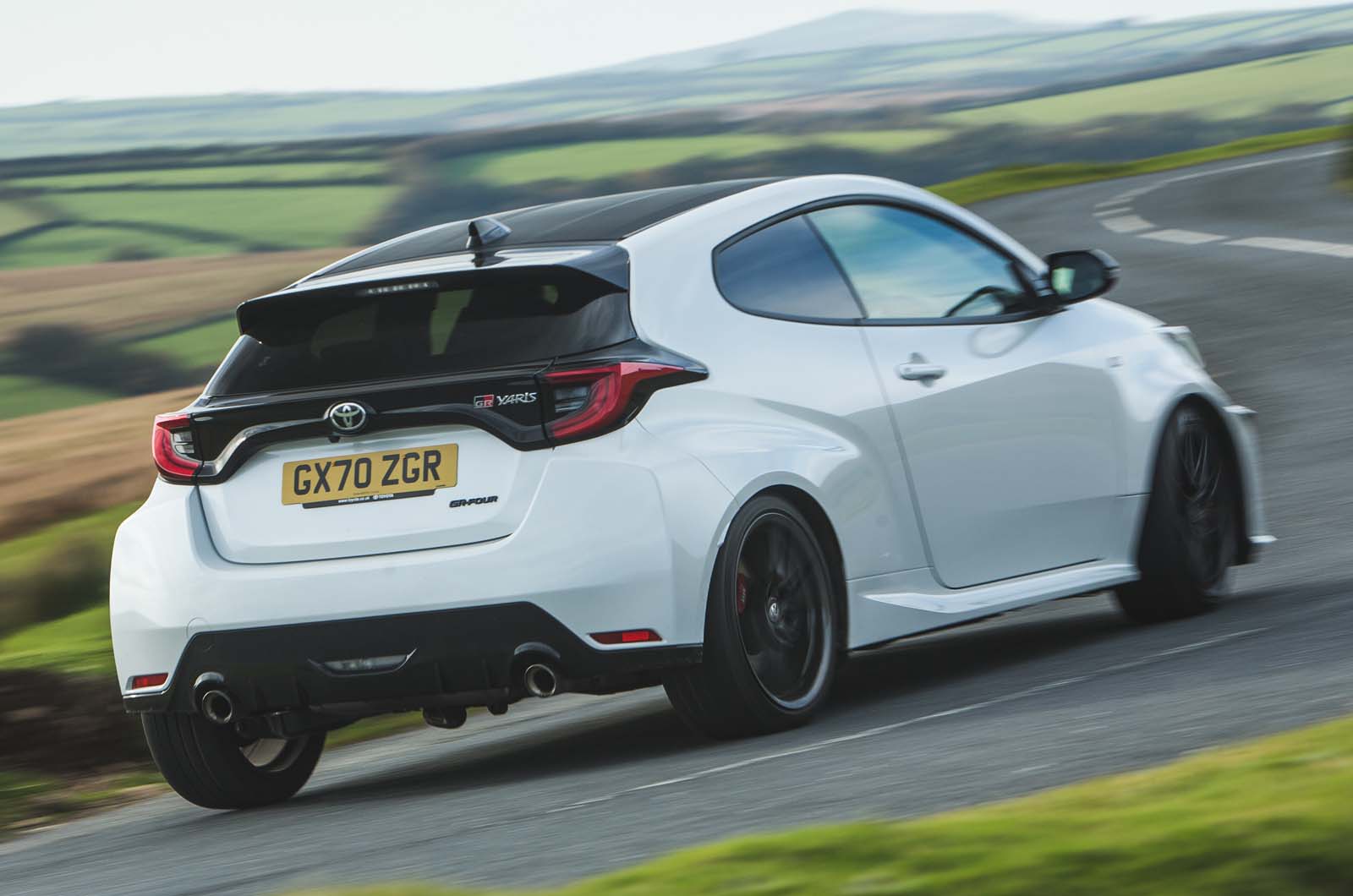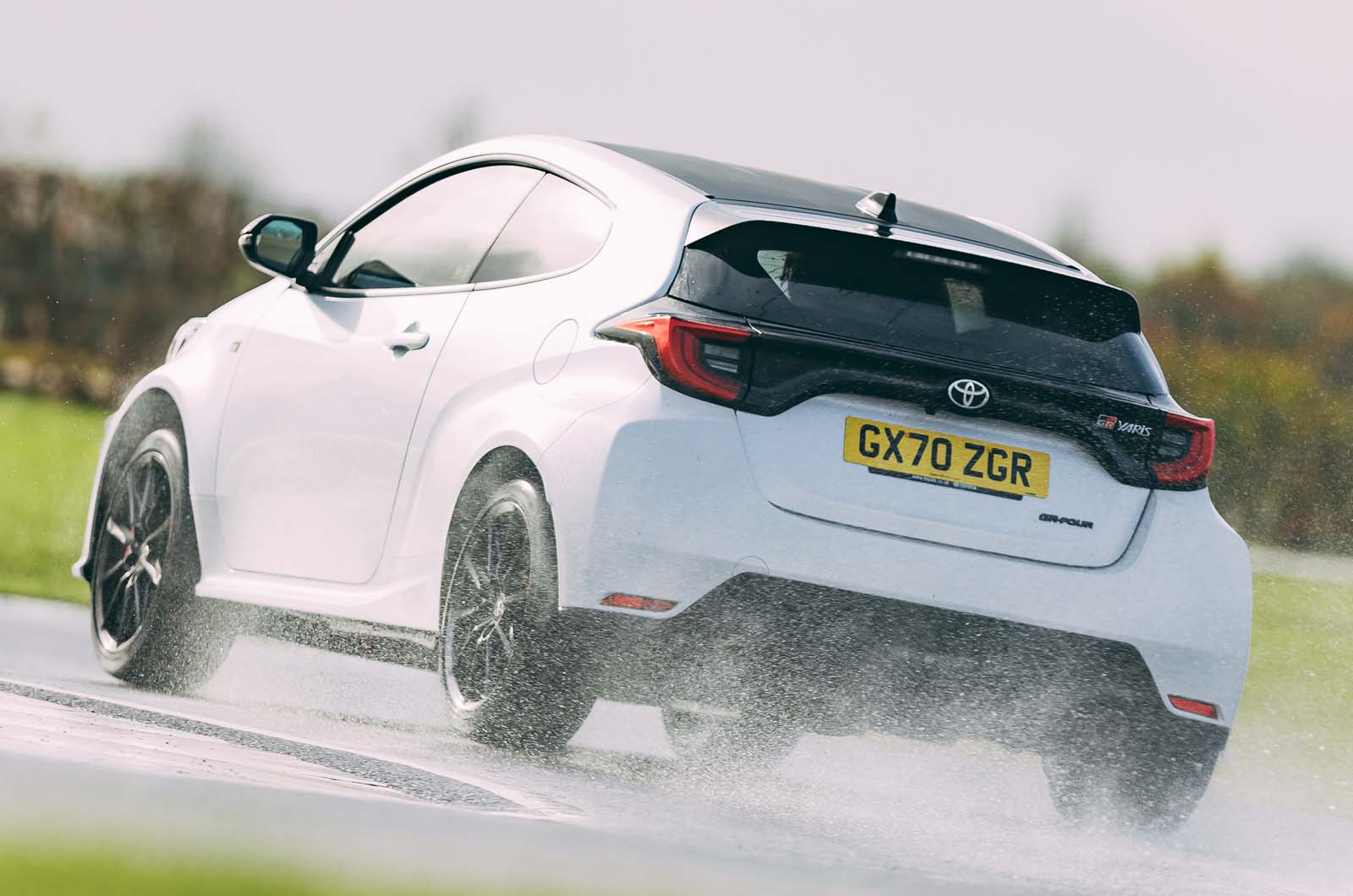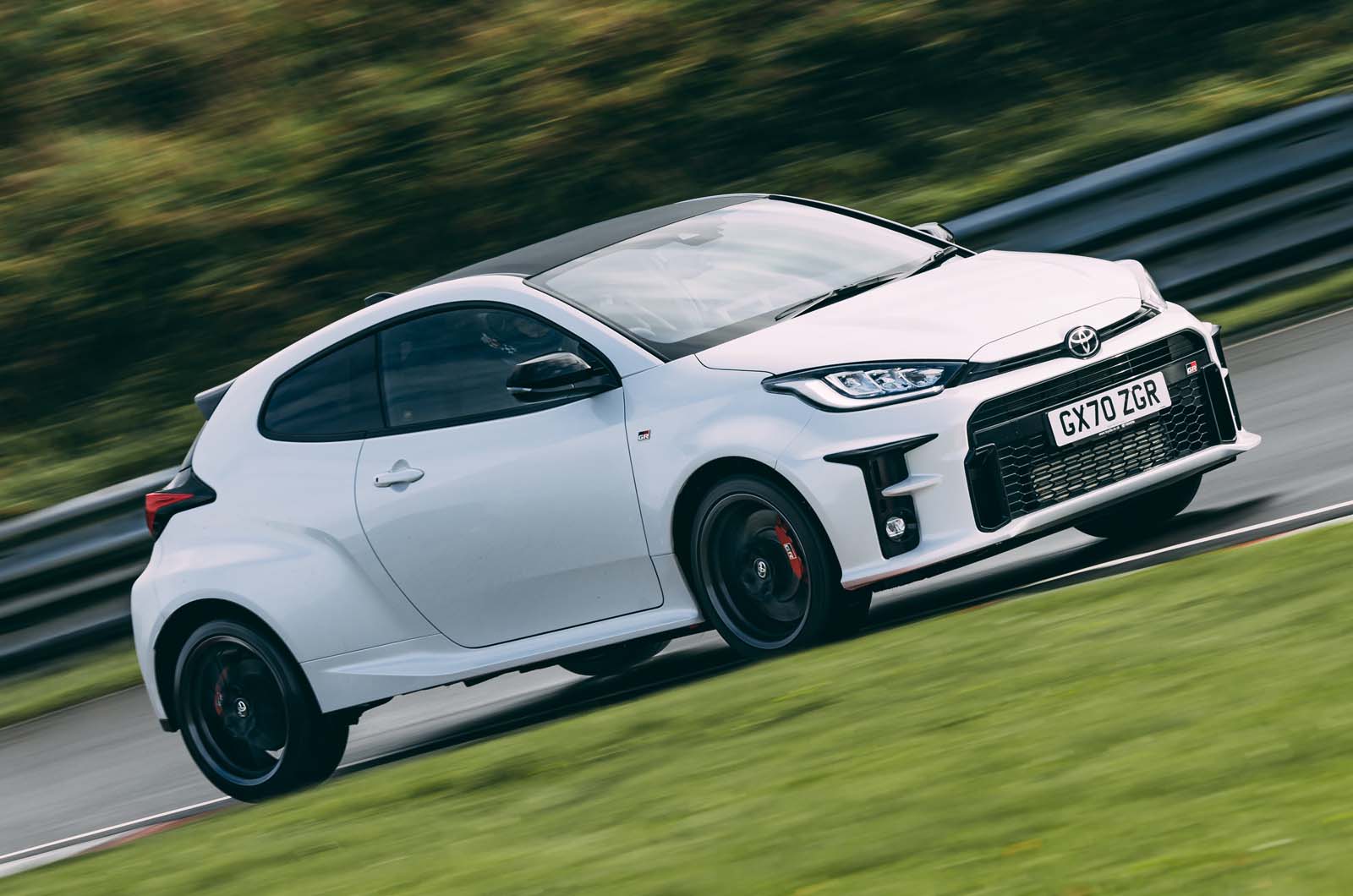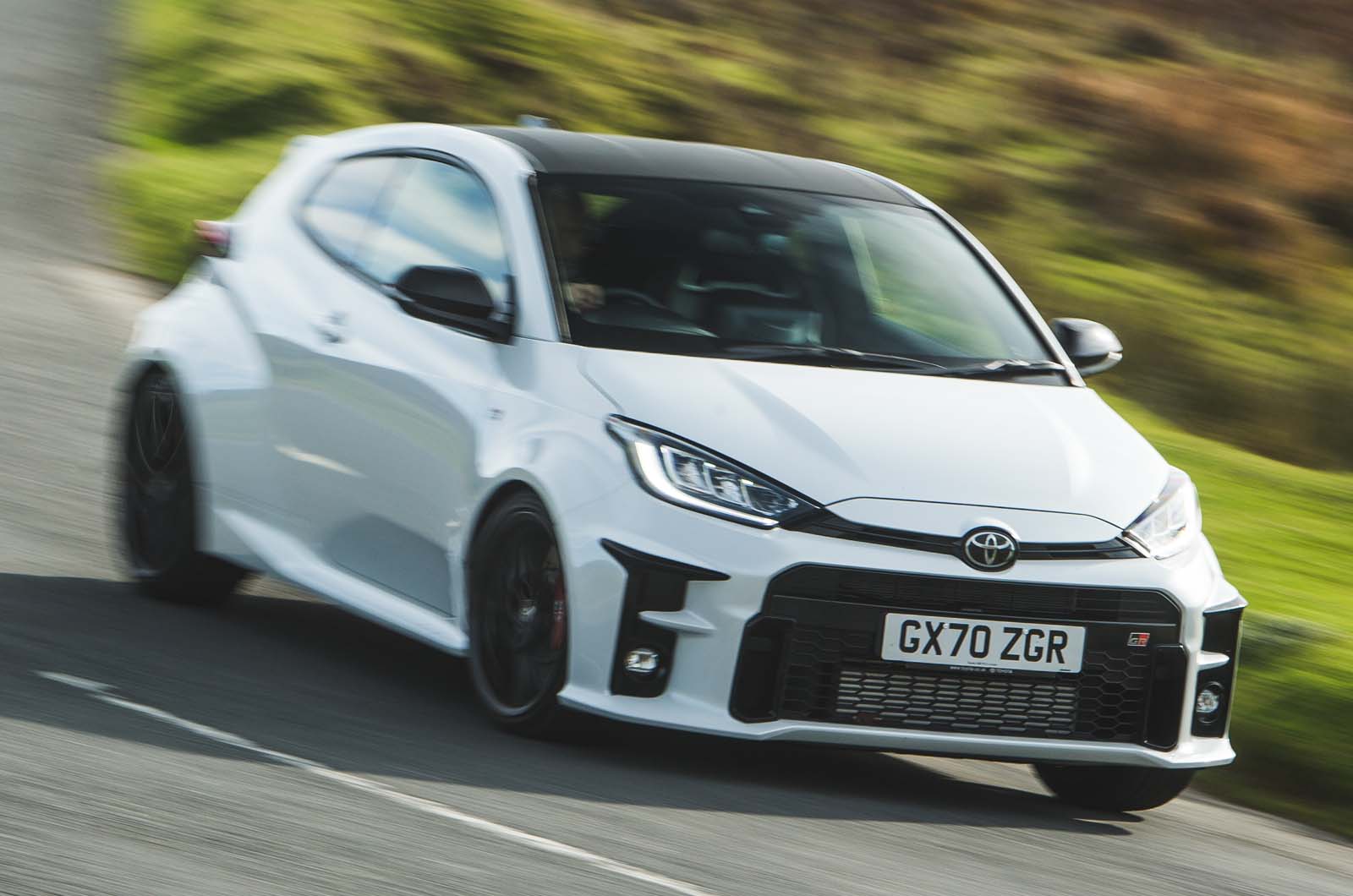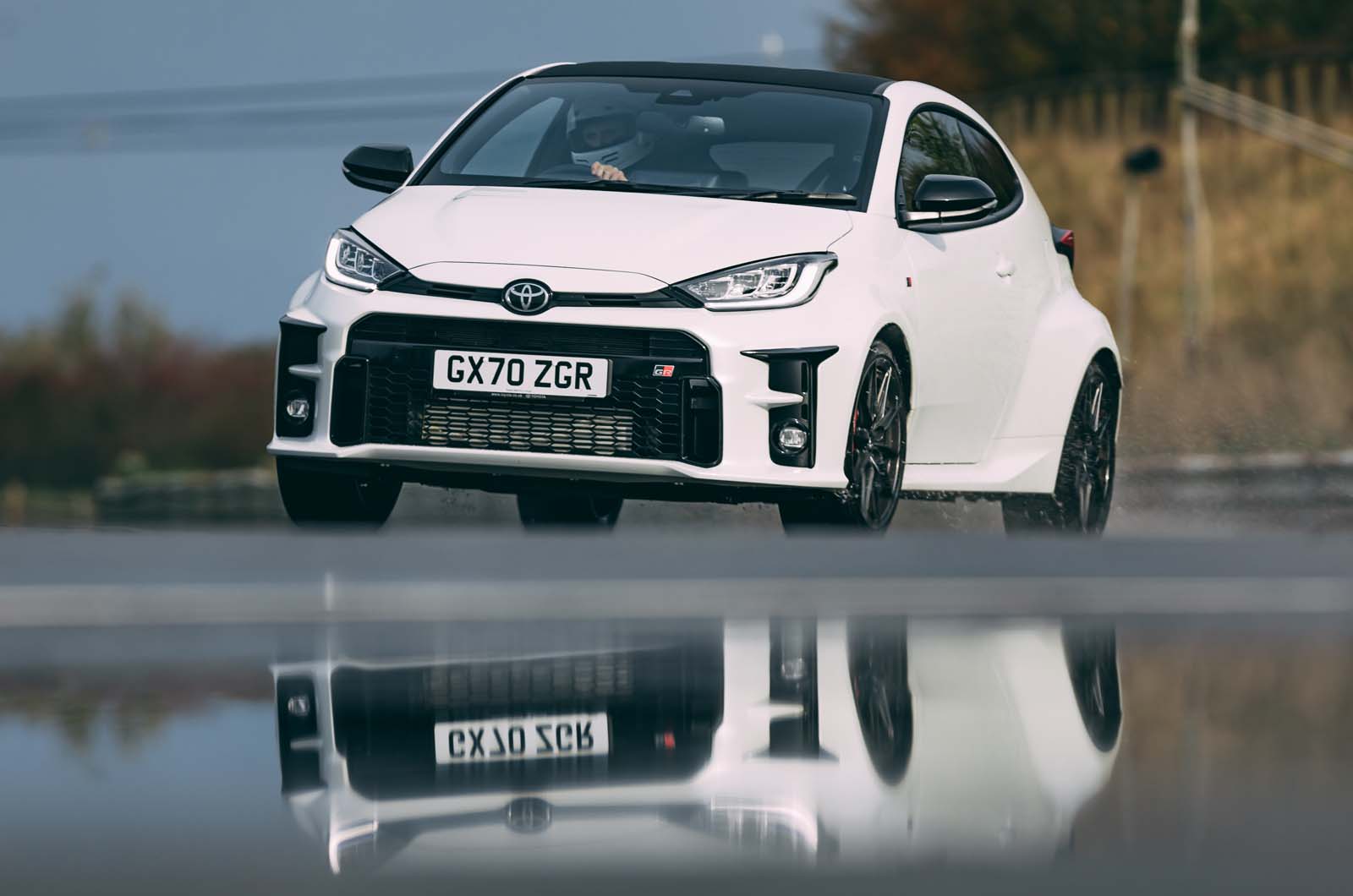Of all the exotica launched in 2020, it was Toyota’s GR Yaris that attracted the greatest interest, for it was an all-new, rally-inspired hot hatch that could thrill like a pure-bred sports car at half the price.
This lovable rogue was originally conceived to be a homologation special for Toyota Gazoo Racing’s 2021 World Rally Championship contender (it had little in common with the regular Yaris), but Covid complications meant it would never actually hit the gravel.
Toyota could have stuck a GR Yaris prototype in a museum and left it at that, then, but petrolhead boss Akio Toyoda made sure that it reached production – and everyone was extremely grateful that he did.
Four years on, the GR Yaris is still riding a wave of success, with more than 32,000 examples having been sold – and now you can buy an early one for less than £25,000.
WRC heroes Tommi Mäkinen, Jari-Matti Latvala, Ott Tänak and Kris Meeke helped to tune the GR Yaris into a B-road warrior of unparalleled ability, with its adjustable four-wheel drive system, 257bhp 1.6-litre three-cylinder turbo engine and light, diminutive chassis combining to take it to the top of the hot hatch class.
“It’s just hugely impressive, all the time, and interactive and engaging enough with it that even though more near- or on-limit adjustability wouldn’t hurt, it’s still a handling hero of our time,” is how we described the GR Yaris when we road tested it back in 2021.
The Japanese three-door was so light on its feet that it could be fired into a corner with laser-guided precision and shoot you out the other side with minimal inertia, thanks to its short wheelbase, wide track and light weight.


